[News Focus] Discouraged workers up 100,000 on-year
4.3 million Koreans de facto unemployed
By Kim Yon-sePublished : May 9, 2021 - 16:21
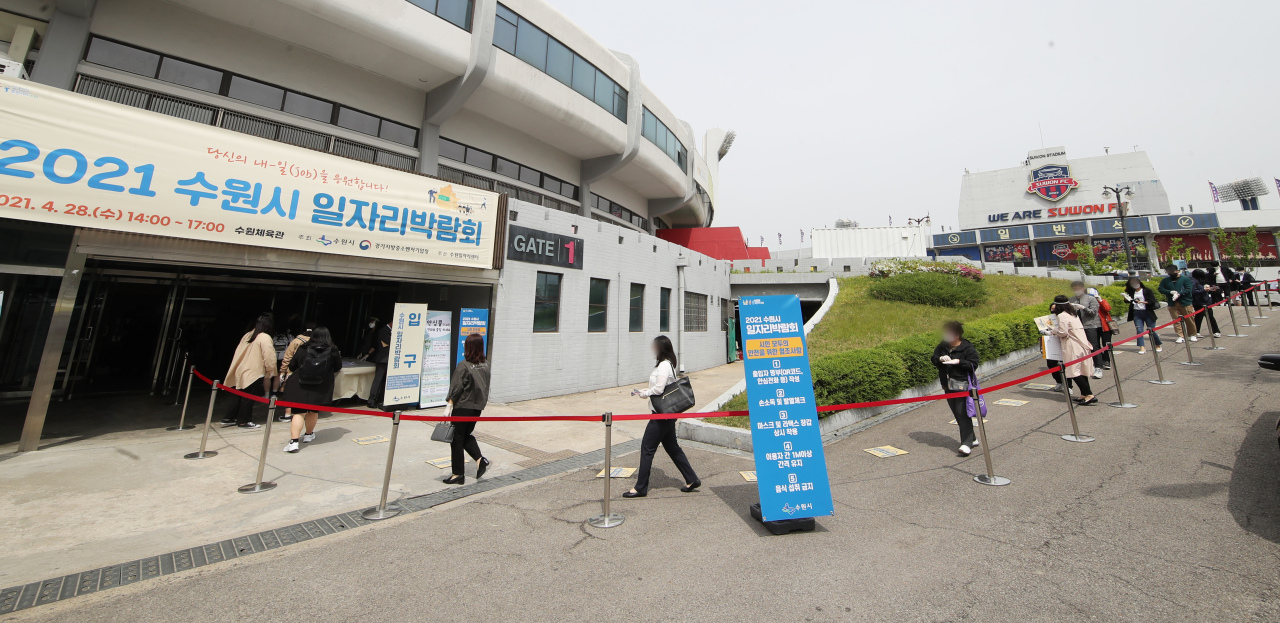
SEJONG -- Labor-related indexes suggest that the pandemic is still dealing a severe blow to a large portion of jobseekers in South Korea, with the hiring market showing little signs of recovery this year.
According to Statistics Korea, the number of people who abandoned looking for jobs reached 582,000 in March 2020, when the tally for COVID-19 infections was growing sharply after the first case was reported two months earlier.
These are dubbed “discouraged workers,” those who did not carry out job-seeking activities for four weeks or longer, though they had looked for jobs within the past 12 months.
In only a year, the number of discouraged workers increased by more than 100,000 to reach 684,000 (370,000 men and 314,000 women) in March this year.
While the nation started compiling the relevant data in 2014, the March figure marked the highest for the month since 2014, when the tally for discouraged workers stayed at 333,000.
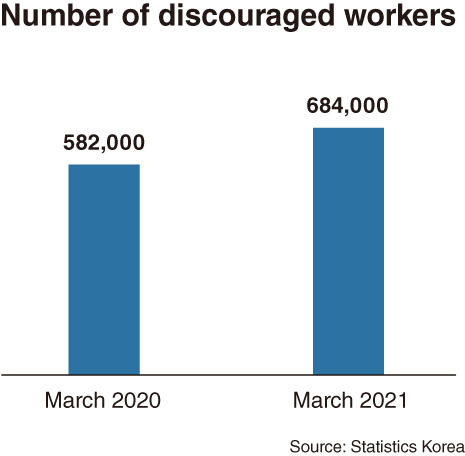
This could be interpreted that the number of people who gave up looking for jobs surged by 105.4 percent in seven years.
The tight job market has particularly worsened hiring conditions for college or high school graduates, according to official research on the economically active population.
As of March, those in their 20s recorded the highest number of jobless at 404,000 among all age groups.
The number of unemployed in their 20s had climbed for the fourth consecutive month -- 312,000 in December 2020, 357,000 in January, 395,000 in February and 404,000 in March.
This far outstrips the number of jobless in the other age groups: 223,000 among those in their 30s, 201,000 among 50-somethings, 193,000 among 60-somethings or over, 173,000 among 40-somethings and 22,000 among those under-20.
As for the working age population, aged 15-64, the jobless tally came to 1.12 million -- 626,000 men and 502,000 women -- as of March.
The extended-based jobless tally, which regards underemployed as de facto unemployed, shows the severity of the situation the young generation faces.
According to the Supplementary Index III for Employment, held by Statistics Korea, the number of de facto jobless among those aged 15-29 reached 1.24 million with jobless rate of 25.4 percent in March. This category includes the underemployed, who work fewer than 36 hours a week and want to work more, as well as seasonal workers who are out of work for part of the year.
This contrasts to 1.01 million and the de facto unemployment rate of 20.8 percent for the same age group in December 2019, a month before the virus hit the nation.
This means that the extended-based jobless rate for those 15-29 climbed 4.6 percentage points, of which the number of the de facto unemployed increased by about 230,000 in only 15 months.
The de facto jobless rate for the economically active population -- aged 15 or over -- was 14.3 percent in the corresponding month, also rising from 11.1 percent in December 2019.
This means that 4.3 million people of the 30.11 million economically active population were out of work. The tally increased by about 1 million from 3.29 million in December 2019.
By Kim Yon-se (kys@heraldcorp.com)



![[AtoZ into Korean mind] Humor in Korea: Navigating the line between what's funny and not](http://res.heraldm.com/phpwas/restmb_idxmake.php?idx=644&simg=/content/image/2024/04/22/20240422050642_0.jpg&u=)



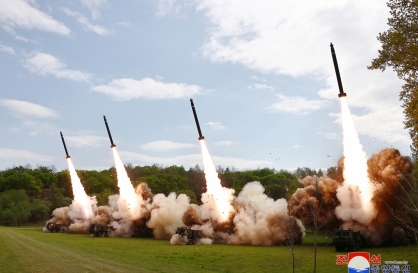

![[Herald Interview] Why Toss invited hackers to penetrate its system](http://res.heraldm.com/phpwas/restmb_idxmake.php?idx=644&simg=/content/image/2024/04/22/20240422050569_0.jpg&u=20240422150649)

![[Graphic News] 77% of young Koreans still financially dependent](http://res.heraldm.com/phpwas/restmb_idxmake.php?idx=644&simg=/content/image/2024/04/22/20240422050762_0.gif&u=)


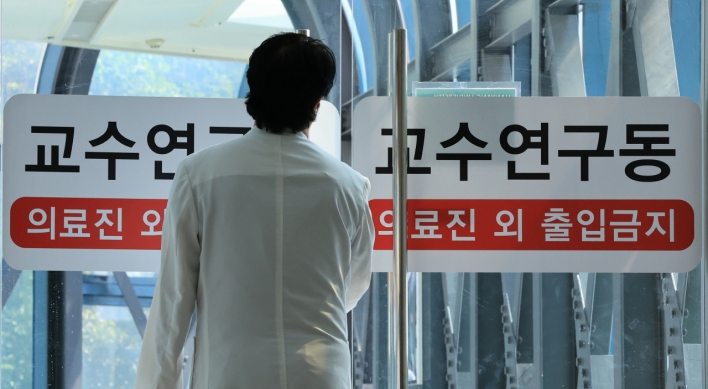

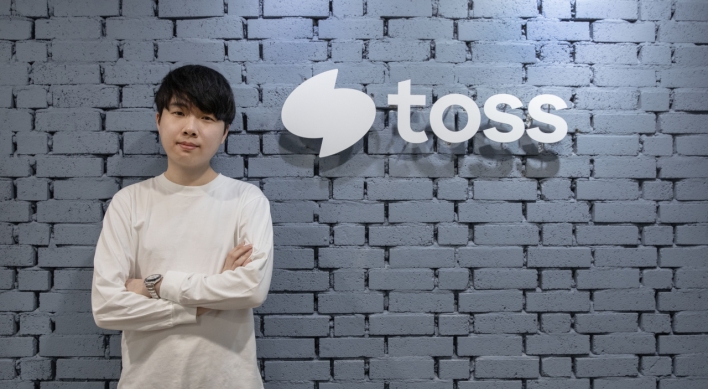
![[Herald Review] Xdinary Heroes kicks off five-month-long project with solo concert, teases new album](http://res.heraldm.com/phpwas/restmb_idxmake.php?idx=652&simg=/content/image/2024/04/22/20240422050539_0.jpg&u=20240422152154)
![[Today’s K-pop] Illit logs 100m Spotify streams with debut song](http://res.heraldm.com/phpwas/restmb_idxmake.php?idx=642&simg=/content/image/2024/04/22/20240422050650_0.jpg&u=)